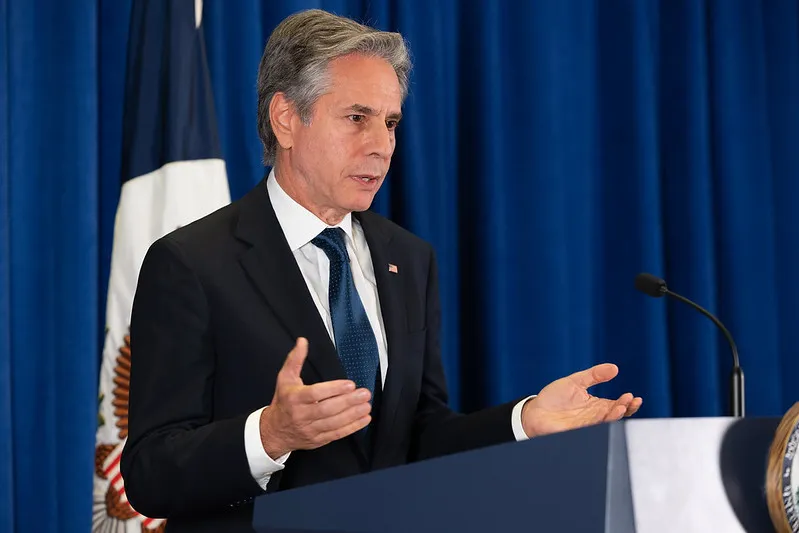After the readouts from both parties on the Sept. 26 White House meeting with Ukraine’s President Volodymyr Zelenskyy failed to mention any agreement on Zelenskyy’s push for the use of Western long-range missiles deep into Russia, the next day U.S. Secretary of State Antony Blinken signaled that the matter is still alive. At his Sept. 27 press conference he referred to the “deep strikes” under the rubric of “additional actions” which are still being considered.
Blinken first said that the administration is now studying the so-called “Victory Plan” that Zelenskyy had presented to President Joe Biden. Then he was asked whether Kyiv has received or will receive permission in the future to use Western weapons to strike military targets deep into Russia. He replied: “We’re looking at this very carefully, including that we or other partners of Ukraine would have to do—if necessary—additional actions to help them achieve this success.” However, to anyone with eyes to see, every ratcheting up of military weaponry sent into Ukraine has not brought Ukraine any closer to military success over Russia; so Blinken’s qualifier, “if necessary,” means little. In fact, Washington and London are going to have to make the decision to cut their losses or take that step into thermonuclear confrontation.




